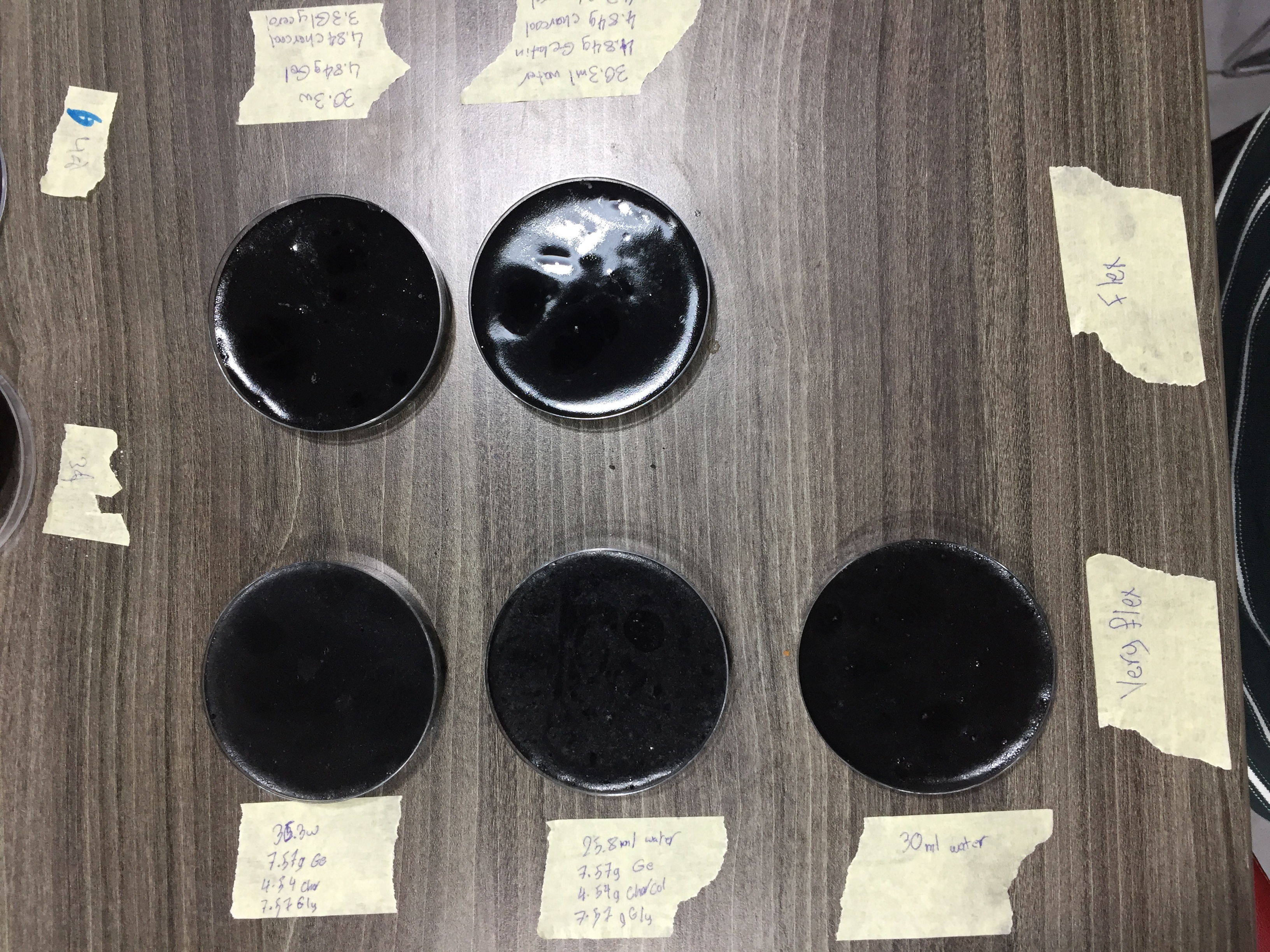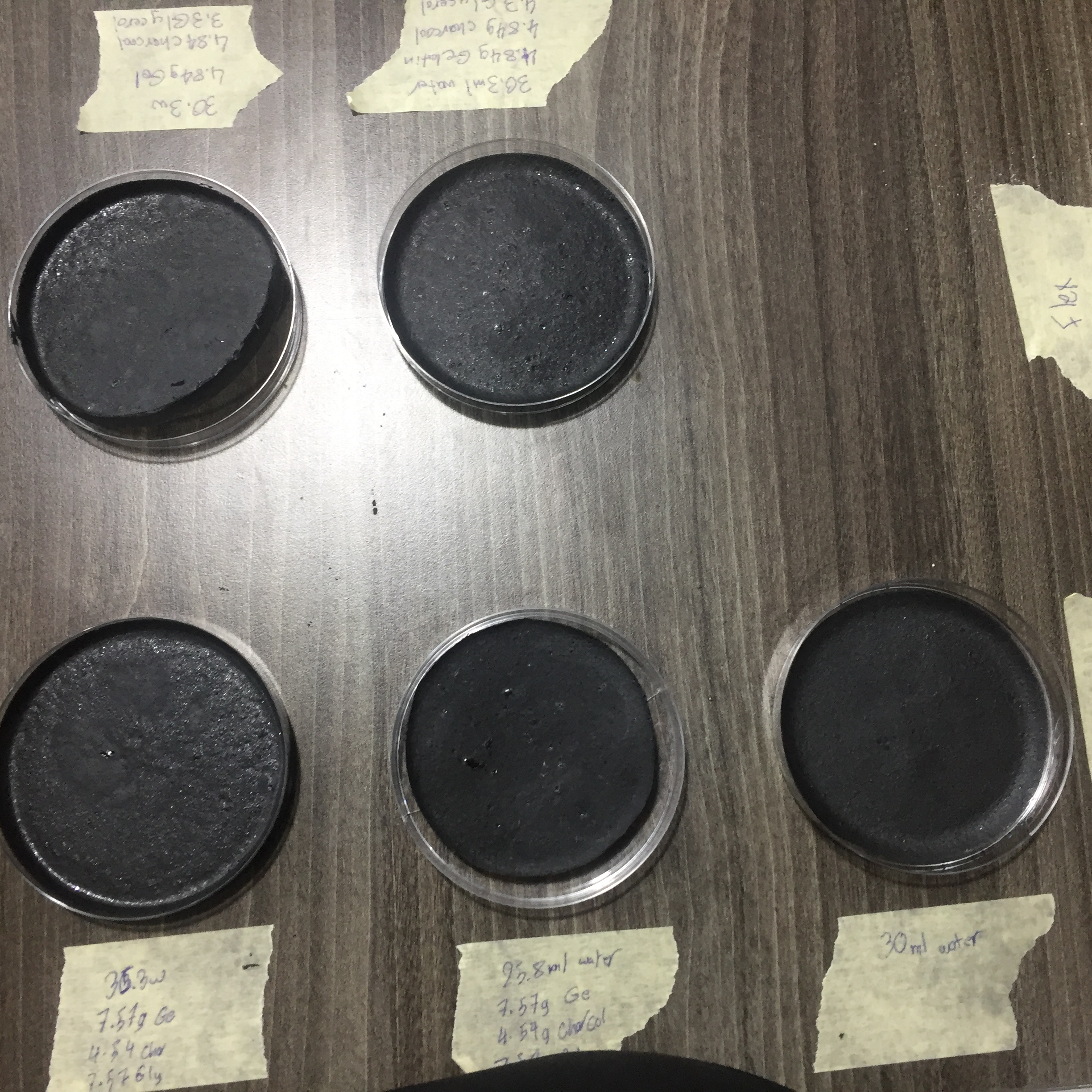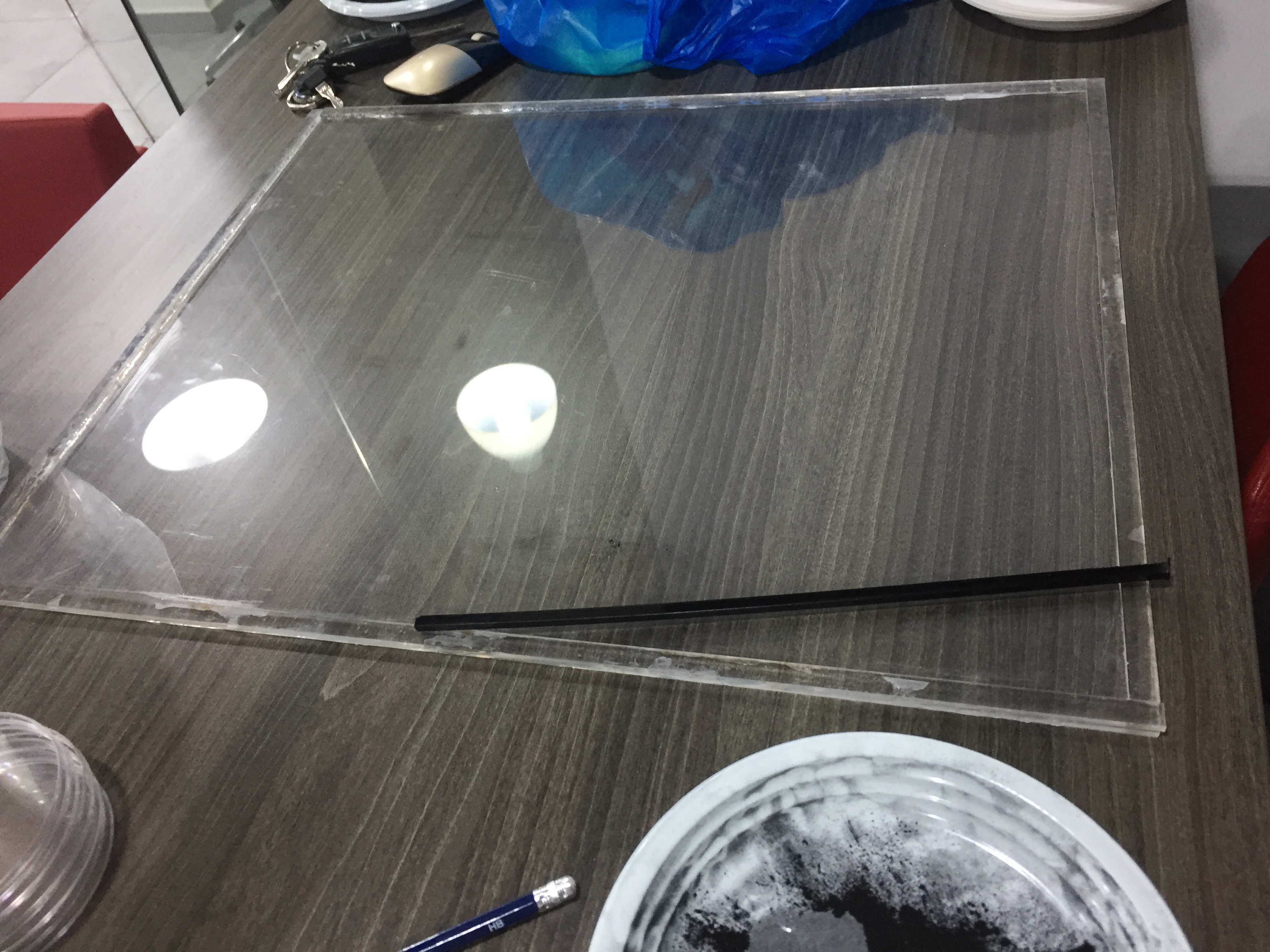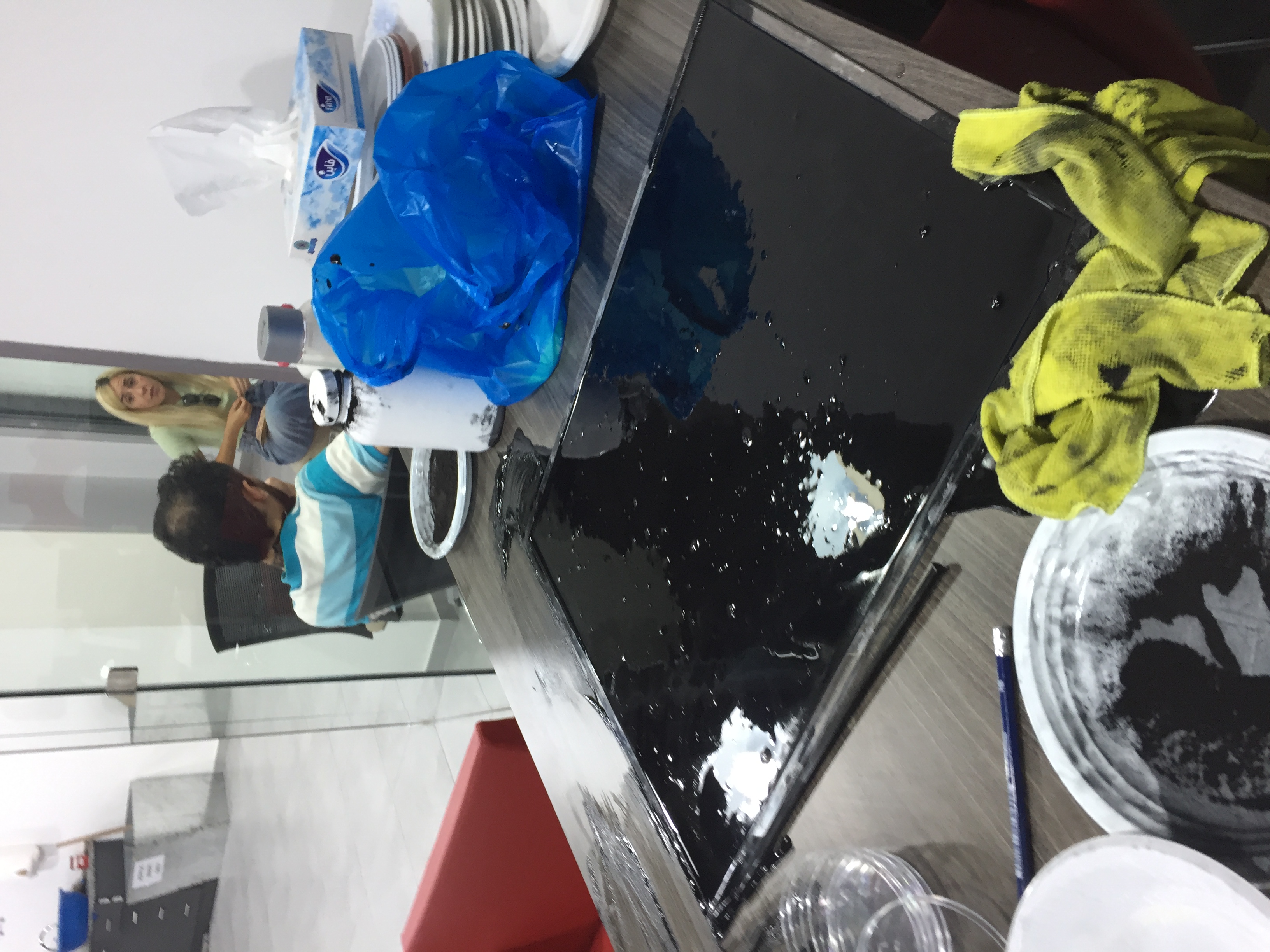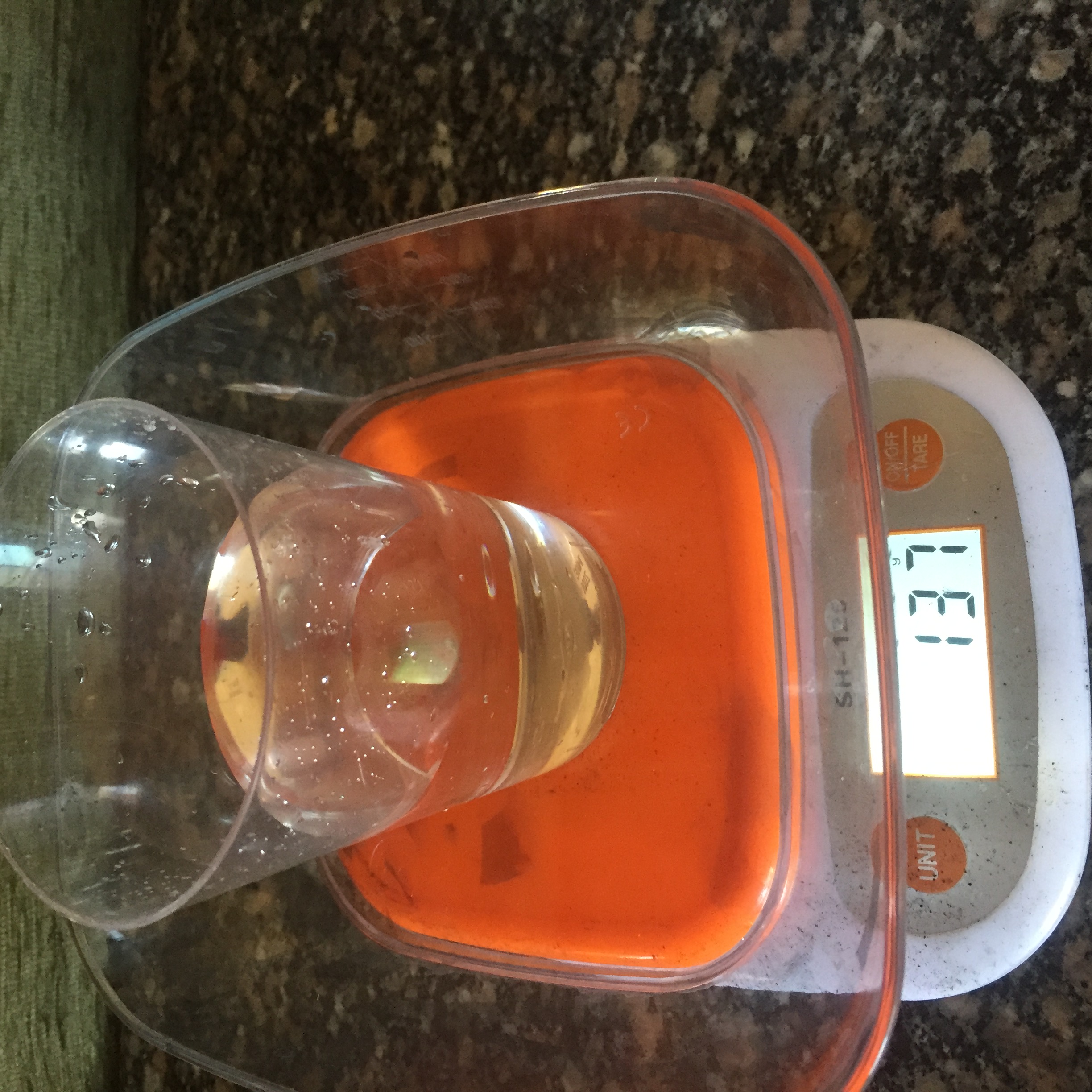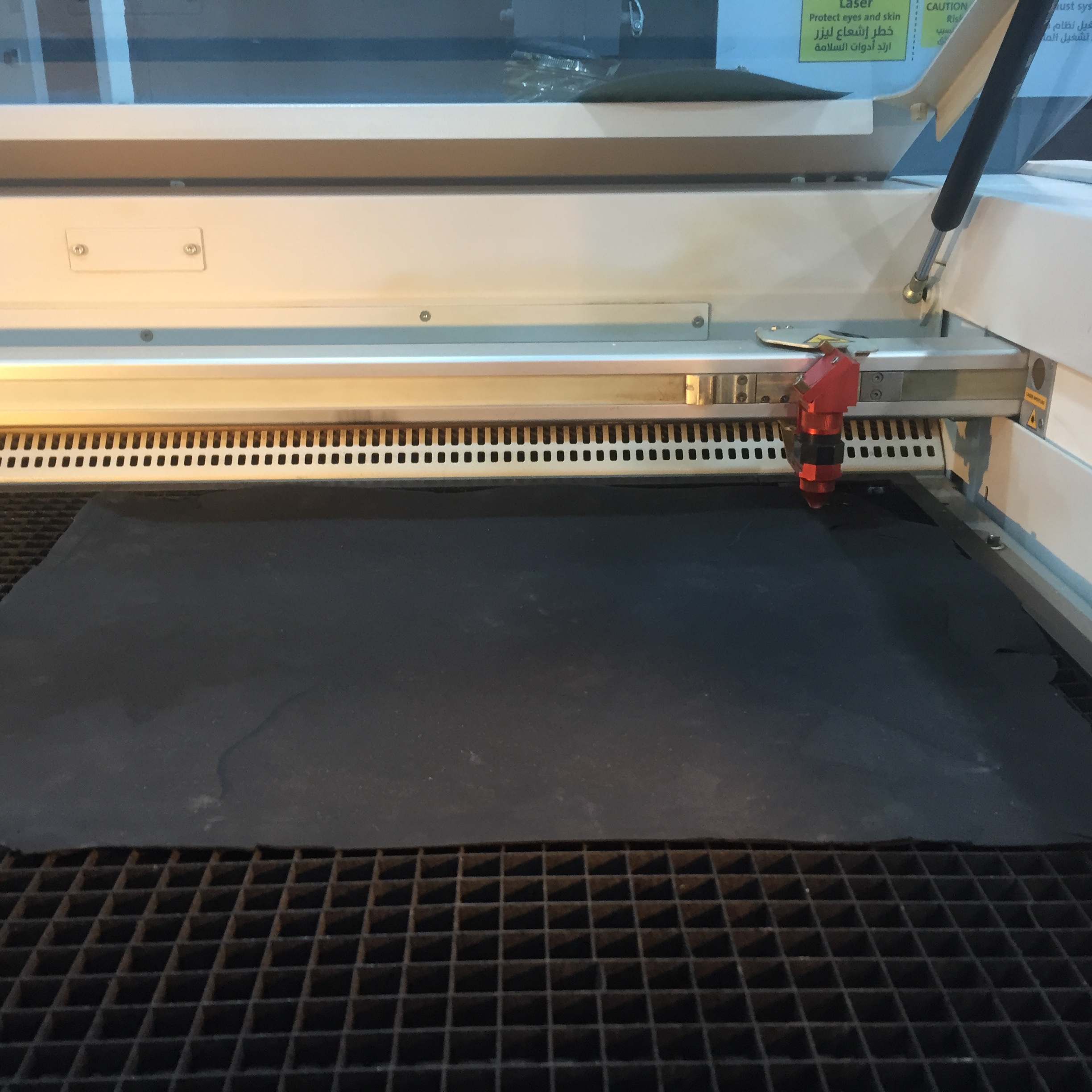17. Wildcard Week¶
For this week i want to make a bio material for the final project dynamic part (Blades).
Files¶
1- Mold
2- Blades
Sourse :
First : I have to choose which bio material i want to include in my final project functions :
The function is to purify the Air from toxic dust in it, so for this function i choosed ( Activated Charcoal ) as a filter

Activated charcoal is one material that seems especially applicable to Fab Lab makers, because of its ecologically sound and purifying properties. It is essentially a form of incredibly microporous carbon, processed from natural carbon-rich materials by applying various gases or chemicals to ‘burn’ in tiny holes and thus exponentially increasing its surface area. The result ? A material that can efficiently filter out all manner of impurities and toxins. A super-sponge, if you will. Bioplastics present themselves as an excellent and similarly sustainable substrate for activated charcoal with a wide range of uses.
so the bio material has multiable variables such as:
| Variable |
|---|
| Flexibility |
| Texture |
| Conductivity |
| Resistance |
I want it flexible and smooth:
So for this i have to test different recipes and quantities to get the result i want.
Materials¶
| Name | quantity |
|---|---|
| Activated Charcoal | 500g |
| Gelatine | 300 g |
| Glycerin | 300 g |
| petri dish | 10 |
| Pot | 2 |
| stove | 1 |
| scale | 1 |
| Acrylic heet | 100*60 |
First Round :
First one was not good enough and the results were too bad because of :
1 - i mixed the material without boiling the water, i just add hot water to the mixture and mix it without getting it boiled together.
2- It turned out that the bio material has differnet quantities from country to another so for the first time i have used a recipes from Mixeco and definitely it wont work in jordan because it has a totally different weather.

Second Round :
| Samples | Water | Gelatin | Activated Charcoal | Glycerol |
|---|---|---|---|---|
| #1 | 35 ml | 7.5 g | 4.5 g | 7.5 ml |
| #2 | 25 ml | 7.5 g | 4.5 g | 7.5 ml |
| #3 | 30 ml | 7.5 g | 4.5 g | 4.5 g |
| #4 | 30.3 ml | 4.48 g | 4.48 g | 3.30 ml |
| #5 | 30.3 ml | 4.48 g | 4.48 g | 4.3 ml |
First step :
In a cooking pot, off heat, mix the gelatin powder and the water. Stir and wait until the mixture thickens like a glue.
Step two : Start to heat the mixture on high heat. Stir time to time but not excessively to avoid additional foam. When the preparation become liquid again, add the glycerin.
Step three : Lower the heat as soon as you start to see a white deposit appearing on the surface of the mixture. Remove gently the foam with a spoon. Add the activated charcoal and stir.
Step four : Pour the preparation on a flat surface (in glass, silicone, plastic or varnished wood) with edges delimiting the desired shape. IMPORTANT : prepare your mold before starting to cook to avoid a final panic !
Step five : Wait 4/5 days of drying before removing the bioplastic material from its molding surface.
So after 4 days the samples were ready and i found that the sample # 5 was the best as shown below.
After this i wanted to make a bigger size of it in a big mold 20cm * 60cm * 3.0mm
After this i tried to pour the mixture in the mold but something bad happen because the acrylic curved because of the heat of the mixture and the used surface was less than i expected:
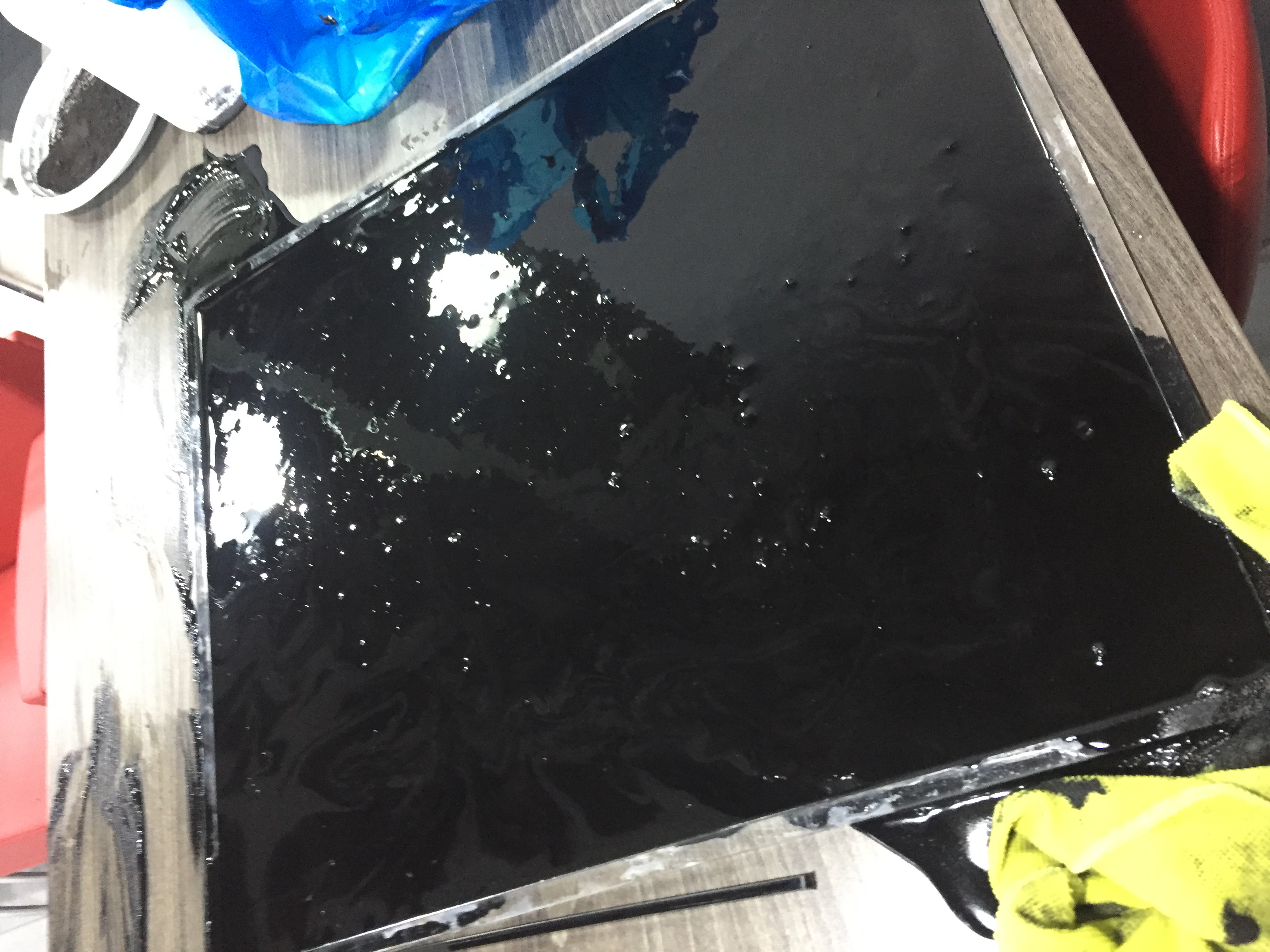
After this i wait for 4 days to get the plastic dry but guess what ! the big mold was not the same Variables of the small sample flexible and smooth as shown below :
So i had to do another recipe or to add more glycerin to make it more flexible.
1 - i crushed the dry plastic in a pot as shown below :
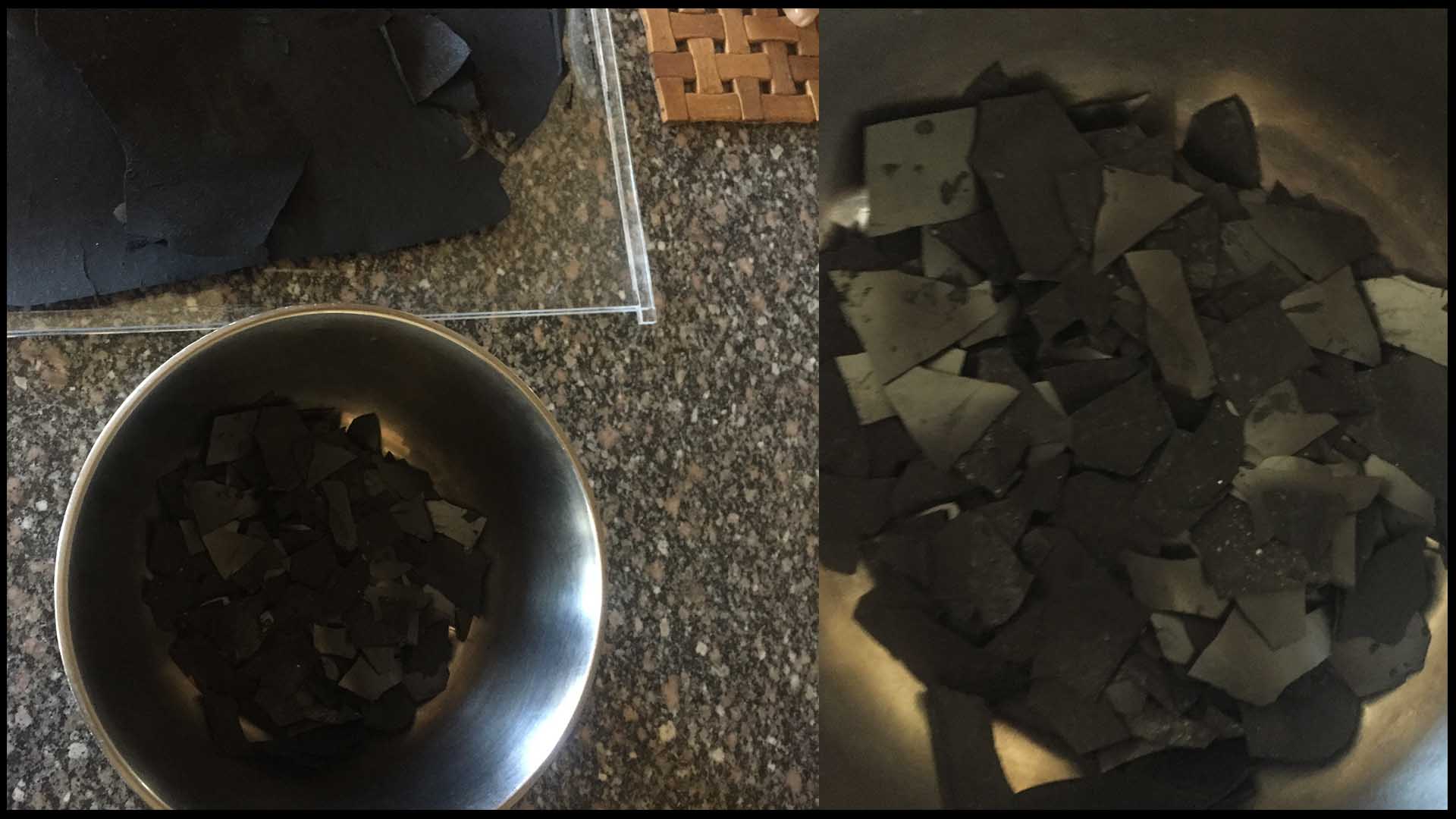
2- I added 137 ml of water to the crushed plastic.
3- I added 51 ml of glycerin to the crushed plastic after boiling it.
4- i poured it again in the same mold without exposing the mixture to the Air to not get it dry during pouring it in the mold.
5- Wait for 4 days.
Hero shot¶
Laser Cut¶
Settings¶
Cut:
Power: 60%, Speed: 01%, and frequency: 5000-+
I have chosen the setting above to cut the bio-plastic into blades.
